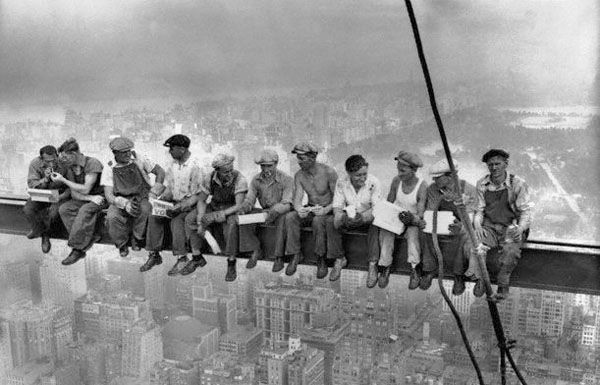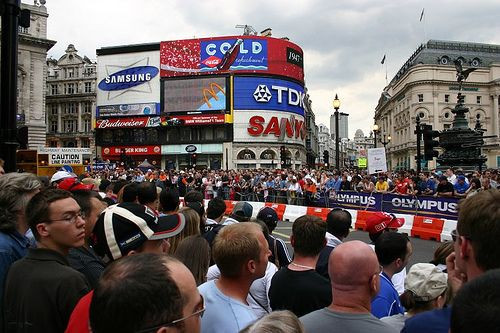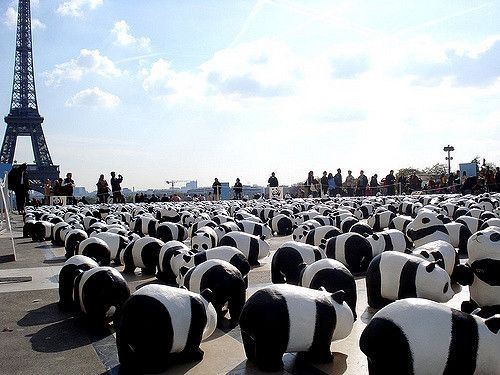views
When Red Bull's Felix Baumgartner jumped from the edge of space in 2012, millions watched in real-time as he broke the sound barrier during his freefall. This wasn't just an extreme sports event, it was a masterclass in publicity that generated over 8 million concurrent YouTube views and billions in media coverage. The stunt demonstrated how modern PR agencies like Edelman PR approach risk-taking campaigns that capture global attention through calculated spectacle.
The world of publicity stunts has evolved dramatically since the early days of press agentry. Today's PR professionals must navigate social media, instant global communication, and audiences that have seen everything. Yet some campaigns still manage to break through the noise and create genuine cultural moments.
The Psychology Behind Memorable Stunts
Publicity stunts work because they tap into fundamental human psychology. People remember the unexpected, the outrageous, and the slightly dangerous. PR agencies understand this instinctively. When Burger King launched their "Subservient Chicken" campaign in 2004, they created an interactive website where users could command a person in a chicken costume to perform various actions. The campaign generated 20 million hits in its first week.
The stunt succeeded because it gave people agency, literally. Users felt like they were controlling the narrative, which created a sense of participation rather than passive consumption. This psychological insight drives many successful publicity campaigns today.
When Stunts Go Spectacularly Right
Some publicity stunts become cultural touchstones that people reference years later. Take Oreo's "Dunk in the Dark" tweet during the 2013 Super Bowl blackout. When the lights went out at the Superdome, Oreo's social media team quickly posted a simple image with the text "You can still dunk in the dark." The response was immediate and massive.
The genius wasn't in the execution; it was in the preparation. Oreo had assembled a crisis response team that included representatives from their agency partners. They were ready to capitalize on unexpected moments. Major PR firms like Edelman PR have adopted similar rapid-response strategies for their clients.
Virgin's Richard Branson has built an empire partly through publicity stunts. His company has pulled elaborate pranks, staged rescue missions, and created spectacles that generate millions in free media coverage. Branson once dressed as a bride to promote Virgin Brides, his short-lived wedding planning service. The stunt photos appeared in newspapers worldwide, providing exposure that traditional advertising couldn't match.
The Digital Age Changes Everything
Social media transformed publicity stunts from one-day news stories into viral phenomena that can span weeks or months. The ALS Ice Bucket Challenge of 2014 demonstrated this perfectly. What started as a simple concept, dump ice water on yourself and challenge others to do the same, became a global movement that raised over $115 million for ALS research.
The campaign succeeded because it was participatory, shareable, and had a clear charitable purpose. PR agencies study cases like this to understand how digital platforms can amplify simple ideas into massive cultural movements.

But digital amplification also means mistakes spread faster. When Pepsi released its controversial advertisement featuring Kendall Jenner in 2017, the backlash was swift and brutal. The ad suggested that a can of Pepsi could solve social justice issues, which struck many viewers as tone-deaf. Pepsi pulled the advertisement within 24 hours, but the damage was done.
The Risks of Going Too Far
Not every publicity stunt succeeds. Some companies have learned expensive lessons about the fine line between attention-grabbing and offensive. When Protein World launched their "Are You Beach Body Ready?" campaign in 2015, it faced massive backlash for body-shaming messaging. The controversy generated attention, but much of it was negative.
The campaign did achieve its goal of raising brand awareness, though the long-term impact on brand reputation remained questionable. This highlights a key challenge for PR agencies: measuring success beyond immediate metrics.
Taco Bell once announced they had purchased the Liberty Bell and renamed it the "Taco Liberty Bell." The announcement, made on April Fool's Day 1996, generated outrage before people realized it was a joke. The National Park Service received so many angry calls that they had to issue a statement confirming the Liberty Bell remained unchanged.
Learning from International Campaigns
Different cultures respond to publicity stunts in unique ways. What works in one market might fail spectacularly in another. When KFC launched their "FCK" campaign in the UK after running out of chicken, British consumers appreciated the humor and self-deprecation. The same approach might not have worked in more conservative markets.
Edelman PR and other global agencies must consider cultural sensitivity when planning international campaigns. A stunt that seems clever in New York might be offensive in Tokyo or confusing in São Paulo.

The Future of Publicity Stunts
As audiences become more sophisticated and cynical, PR agencies must work harder to create authentic moments that feel genuine rather than calculated. The most successful modern stunts often involve real social causes or demonstrate company values in action.
Patagonia's decision to donate their $10 million tax cut to environmental causes generated significant positive coverage. The move aligned with their brand values while making a statement about corporate responsibility. This type of "values-based stunt" represents the evolution of the field.
Technology will continue to change how stunts are executed and amplified. Virtual reality, augmented reality, and artificial intelligence will create new possibilities for immersive experiences. But the fundamental principle remains the same, great publicity stunts tap into human emotions and create memorable moments that people want to share.
The most effective publicity stunts don't feel like marketing at all. They feel like genuine moments of surprise, humor, or inspiration that happen to involve a brand. That's the challenge facing PR professionals today: creating authentic experiences in an increasingly artificial world.
As the industry continues to evolve, successful agencies will be those that understand both the timeless principles of human psychology and the rapidly changing media landscape. The best publicity stunts will always be those that make people stop, think, and want to tell others about what they just witnessed.











